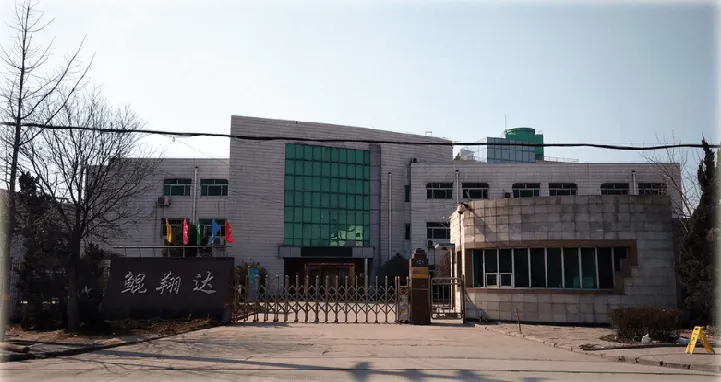Chemical Treatment of Water Ensuring Safety and Sustainability
Water is a vital resource for life, and its quality directly affects human health, the environment, and the economy. As global population increases and industrial activities expand, ensuring clean and safe water becomes more challenging. Chemical treatment of water has emerged as an indispensable method in water purification processes. This article explores the various chemical treatments, their importance, methods, and future perspectives for achieving sustainable water management.
Importance of Chemical Treatment
Chemical treatment of water is essential for removing contaminants that can pose health risks. Common pollutants include pathogens, heavy metals, organic compounds, and nutrients such as nitrogen and phosphorus, which can lead to harmful algal blooms in water bodies. By employing various chemical processes, we can convert contaminated water into safe drinking water, mitigate pollution, and protect aquatic ecosystems.
Moreover, chemical treatment plays a crucial role in wastewater management. Industries discharge millions of gallons of wastewater daily, which can contain hazardous substances. Effective chemical treatment processes allow for the detoxification of such effluents before they are released into the environment or reused.
Chemical Treatment Methods
1. Coagulation and Flocculation This method involves adding coagulants, such as aluminum sulfate (alum) or iron salts, to water, facilitating the aggregation of small particles into larger flocs. This process helps in removing suspended solids, colloidal materials, and microorganisms. After the flocculation phase, sedimentation occurs, allowing the heavy flocs to settle and be removed from the water.
2. Chlorination One of the most widely used methods, chlorination involves adding chlorine or chlorine compounds to water to disinfect it. Chlorine effectively kills bacteria, viruses, and other pathogens. However, care must be taken with the dosage, as excessive chlorine can lead to harmful by-products like trihalomethanes (THMs), which are potential carcinogens.
3. Ozonation Ozone, a powerful oxidizing agent, is employed to disinfect water and remove organic contaminants. This method is effective in killing viruses and bacteria and breaking down complex organic molecules into less harmful substances. Since ozone decomposes quickly and leaves no harmful residues, it is considered an environmentally friendly alternative to chlorination.
chemical treatment of water

4. Advanced Oxidation Processes (AOPs) These processes utilize strong oxidants, like hydrogen peroxide combined with ultraviolet light or ozone, to degrade organic pollutants. AOPs can effectively treat recalcitrant compounds that are not easily broken down by conventional methods, making it a valuable tool for industrial wastewater treatment.
5. pH Adjustment and Neutralization The pH level of water can significantly impact its quality. Chemical treatments often involve adjusting the pH using acids or bases to neutralize acidic or alkaline waters, respectively. This process helps to prevent corrosion in pipes and ensures that the water is within safe limits for human consumption and ecological balance.
6. Ion Exchange This method is particularly useful in removing heavy metals and softening water. Ion exchange resins replace undesirable ions with less harmful ones. For example, in hard water treatment, calcium and magnesium ions are replaced with sodium ions, thus softening the water and preventing scale formation in pipes and appliances.
Future Perspectives
As the global demand for clean water rises, the need for efficient and sustainable chemical treatment methods is paramount. Research and innovation are ongoing to develop less toxic and more efficient chemicals for water treatment. Emerging technologies, such as nanotechnology and biotechnology, are being explored to enhance the efficacy of chemical treatments and minimize environmental impact.
Furthermore, there is a growing trend toward integrating chemical treatment with advanced monitoring technologies. Real-time monitoring and smart systems can optimize chemical dosages, ensuring that water treatment processes are both effective and economical.
Conclusion
Chemical treatment of water is crucial for safeguarding public health and preserving the environment. Through methods such as coagulation, chlorination, and advanced oxidation processes, we can effectively treat and purify water to meet safety standards. As we advance into a future where water scarcity and contamination are pressing issues, continued investment in research and sustainable practices will be essential. By embracing innovative technologies and responsible chemical applications, we can ensure the availability of clean water for generations to come.

